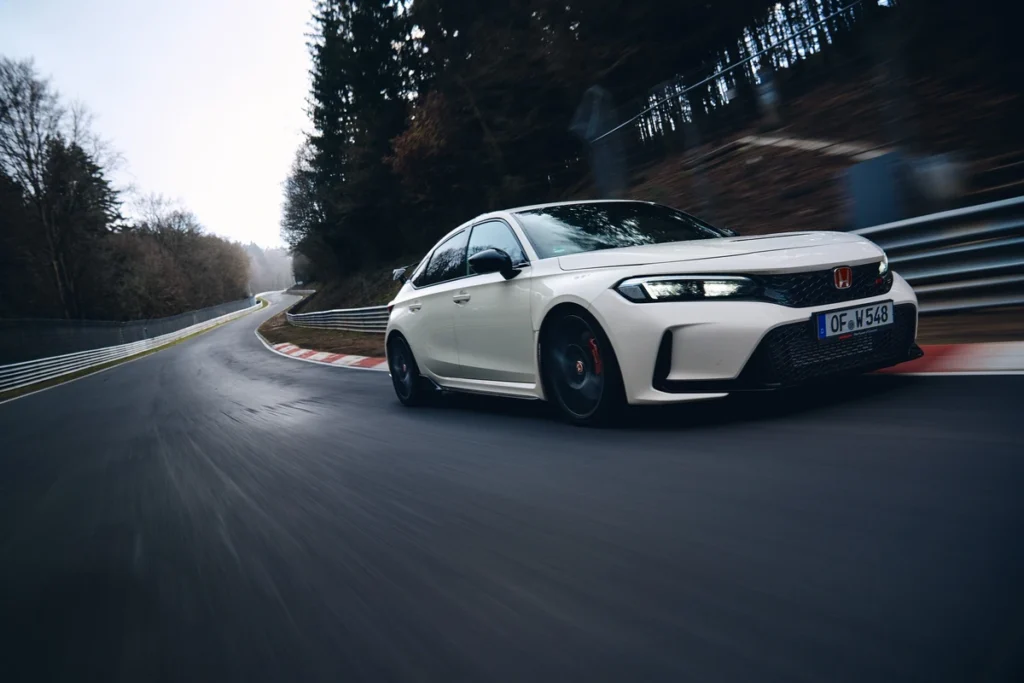Nissan Honda Merger and the Questions That Follow

Honda Civic Tye R
Nissan and Honda are now cementing plans for a merger. On paper, the result would mean the third biggest manufacturer in the world behind Volkswagen and Toyota. The reasons for it have been cited to be the Chinese electric vehicles which are taking big bites out of the global EV pie. In March 2024, we saw the first step when the two companies agreed to join forces to develop EVs.
This marriage, however, seems to be…weird. Nissan and Honda are complex companies, with a lot of costs. They are expected to have a joint holding company by mid-2025 with a complete forego of financial independence in mid-2026. On paper, this Nissan-Honda merger begs for curiosity considering that both the companies have a gigantic overlap, so what could possibly come out of this merger?
Are the Two Rescuing Each Other?
The first question that begs to be answered is whether this should be seen as a hail mary or a calculated risk. You see, independently Honda is not doing bad. It has a decent petrol-powered lineup, a community that supports it and a strong line of hybrids. Honda’s Achilles Heel is, however, EVs. After its deal with General Motors fell apart, its curtain raiser in the EV segment should arrive this year. Maybe then we can get an idea of how Honda stacks up against its competition.
Nissan, on the other hand, is a mess. Its books are a mess with struggling dealers. At the moment, the company only has Ariya and Leaf in its lineup. However, Foxconn, the same giant that manufactures iPhones has been in talks to buy out Nissan. But is Honda swooping in as the white knight to rescue Nissan? No.
Besides, the giant overlap between the two companies it won’t be until the next three to five years that we’ll begin to see something good out of it. Three to five years when the competitors will leap and cover more ground. So Honda, with its back against the wall with a deficiency in EVs will certainly not be rescuing Nissan, which is in the gutter.
What Did the Japanese Govt See in It?
There are rumours that the deal was arranged by Japan’s Ministry of Economy, Trade and Industry at a time when Foxconn was at the doorstep of Nissan. Ghosn, the banished executive, watching from the sidelines said “That means you’re putting control above performance,” “Personally, I don’t think it’s going to be successful.”
As we, and the Honda CEO scrambles to find reasons behind this merger, there are a couple of things to consider. Things like how Nissan has spent decades to establish operations with a vast network of factories and loyal workers. And with it, pulls its weight in the Southeast Asian markets which are helping it to stay afloat. And not to forget, the Nissan Sakura is Japan’s best selling EV.
Or how the deal must be focused on Honda’s powertrains. Honda’s powertrain options could be the jumper cable needed for Nissan to push its aged lineup with more options. Then we have Nissan’s EV tech, which might not be at par with the other leading players, but still provides good motivation for Honda to work rather than remain stagnant.
Now, we reckon that being a bit forthcoming about the reasons for the merger would have inspired more confidence. And if the Japanese govt is encouraging it, it would at least explain why the conversations are so spontaneous. In his most recent press-meet, Honda’s CEO found himself in an awkward position as he struggled and then eventually failed to answer the reasons/motivation behind the merger. And like him, a lot of us are puzzled too.
Let us know what you think in the comment section below.



